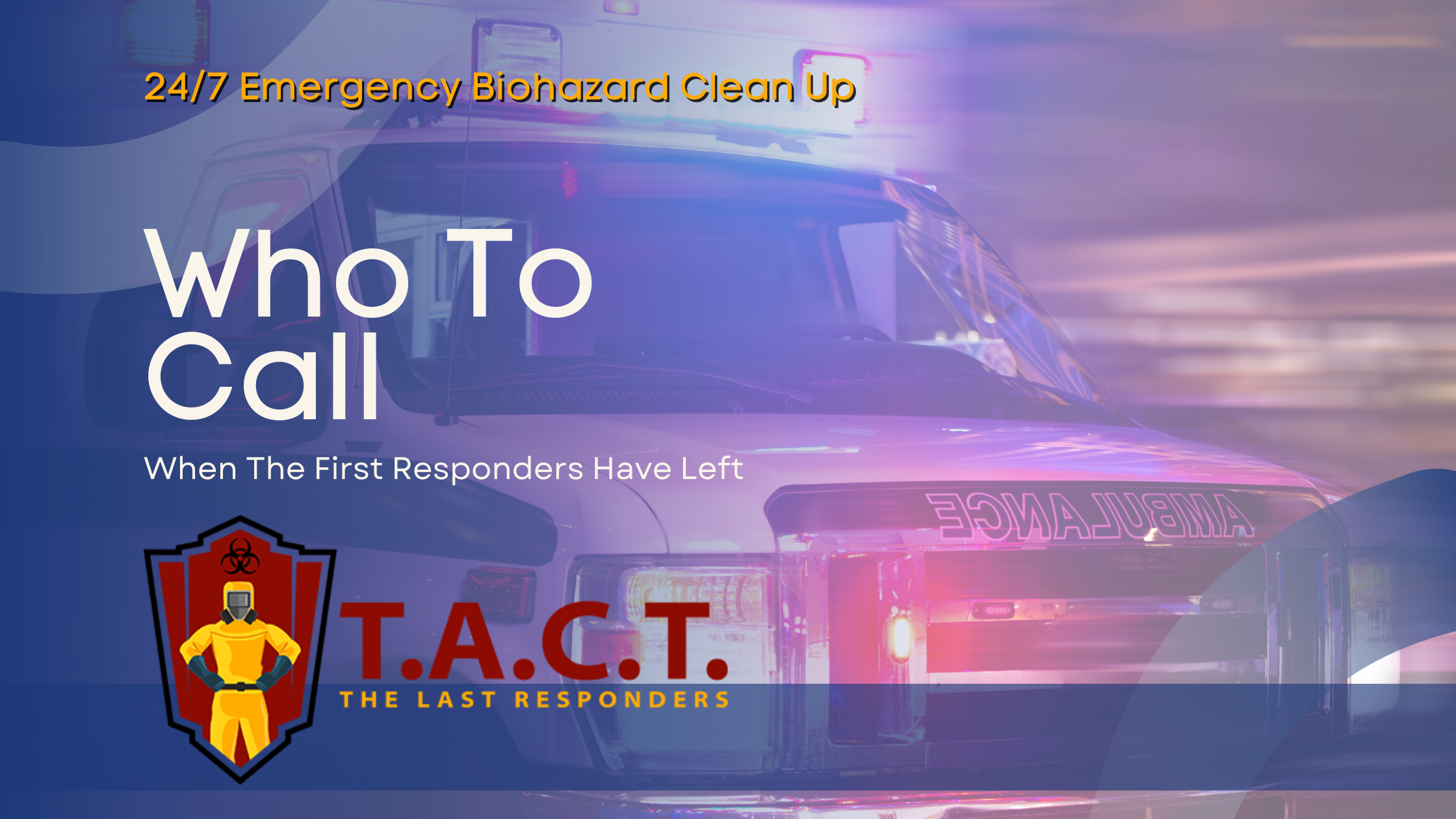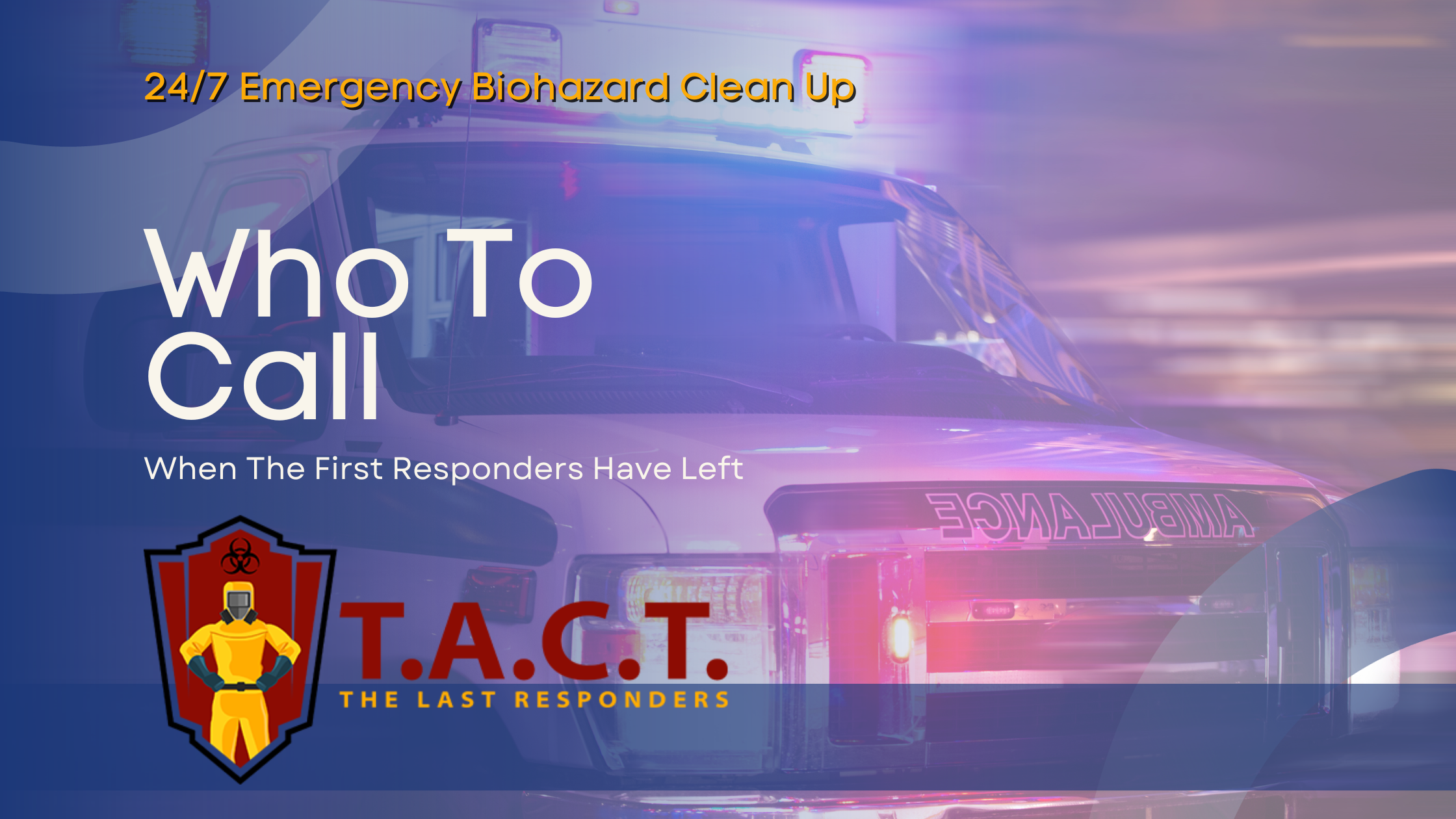Managing poor housekeeping or hoarding
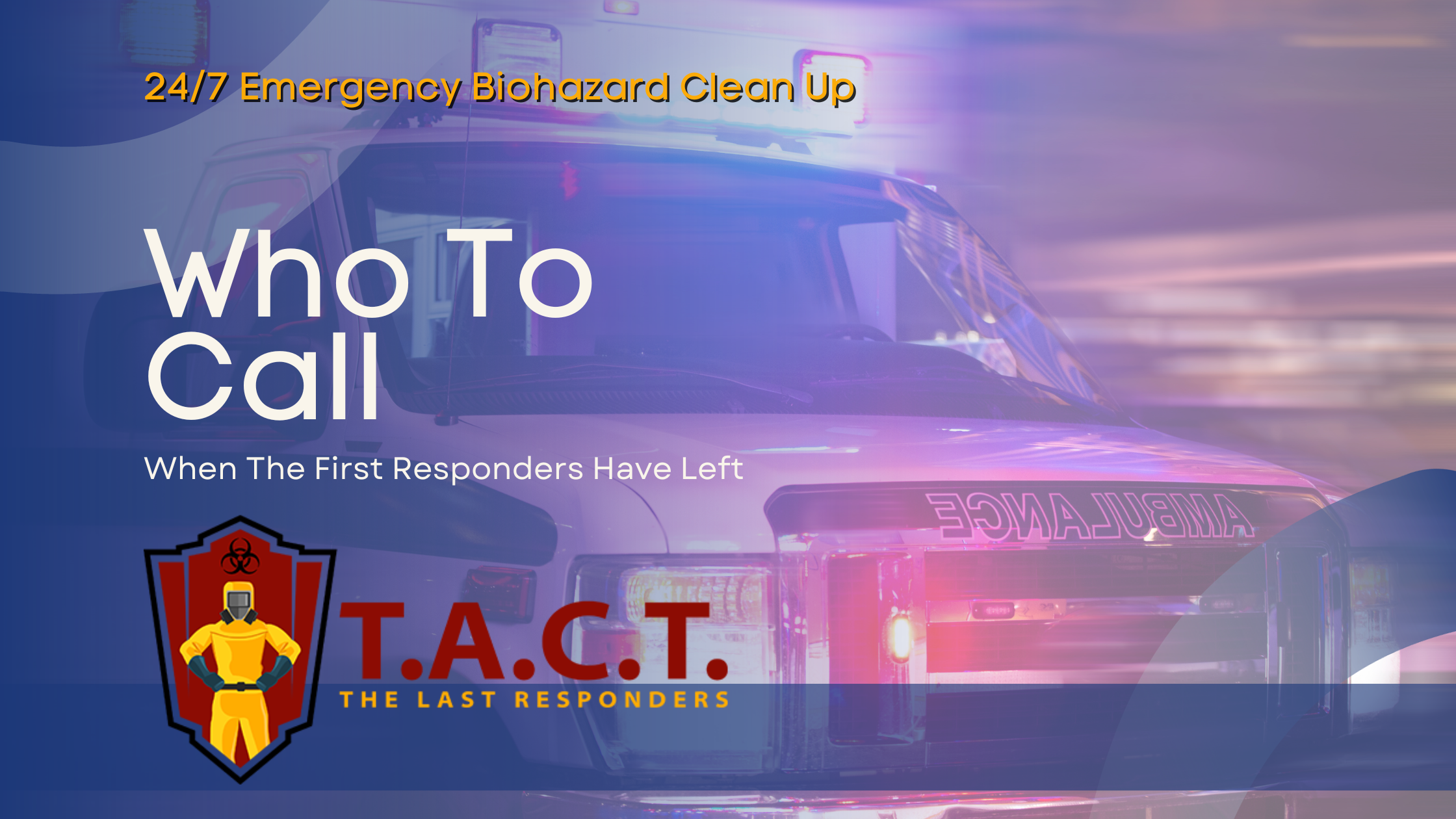
Managing Poor Housekeeping or Hoarding Is Crucial for Health and Safety
Poor housekeeping or hoarding is more than clutter. Poor housekeeping stems from disorganization, while hoarding involves compulsive accumulation. Understanding the differences is key to addressing health and safety risks. This article explores signs, risks, and management tips for both.
Key Takeaways
Understanding the distinction between poor housekeeping and hoarding is vital for proper management and intervention strategies.
Hoarding behavior is linked to mental health issues, emotional attachments to possessions, and can have significant health and safety implications.
Early recognition of hoarding and poor housekeeping signs allows for proactive improvement, including seeking professional support and implementing systematic cleaning methods.
Understanding Poor Housekeeping vs. Hoarding
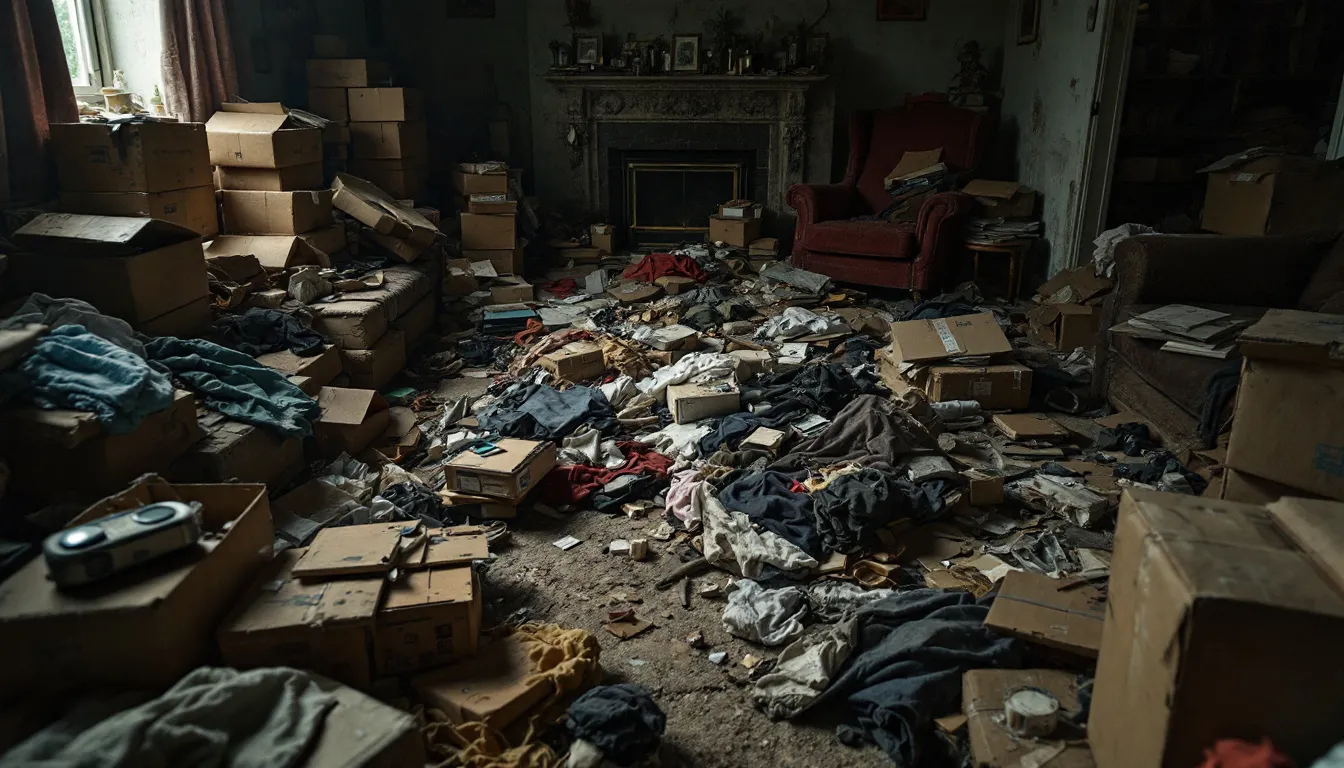
Understanding the terms “poor housekeeping” and “hoarding” is crucial. Poor housekeeping generally refers to a lack of cleanliness and organization in a living room, often due to busy lifestyles, lack of cleaning supplies, or poor organizational habits.
However, hoarding is a different beast altogether. It involves the excessive accumulation of items and a persistent difficulty in discarding them, regardless of their value. Hoarding behavior often comes with emotional attachments to items, making it difficult for individuals to let go. These attachments can stem from past traumas, significant life events, or the belief that the items might be useful someday. Hoarders can come from any walk of life, whether wealthy, educated, or struggling financially, indicating that hoarding does not conform to a single mold.
Recognizing the difference between poor housekeeping and hoarding is essential. Poor housekeeping can often be improved with better habits and routines, whereas hoarding requires a more nuanced approach, often involving mental health professionals and long-term strategies to address underlying issues.
Signs of Poor Housekeeping

Identifying poor housekeeping is relatively straightforward. One of the most apparent signs is a disorganized home environment, which can lead to inefficiency and make it more challenging to maintain cleanliness. Scattered housekeeping tools and visible dust or dirty floors are clear indicators of neglected housekeeping.
Overflowing trash bins indicate a lack of regular cleaning and waste management. Other related issues include inspections for inadequate supplies of cleaning materials, which can hinder ongoing cleanliness and upkeep - poor housekeeping practices leading to pest infestations and rodents - broken windows, posing significant health risks.
Early recognition of these signs allows for proactive steps to improve the living environment. Regular cleaning routines, proper waste management, and maintaining a steady supply of cleaning materials contribute significantly to keeping a home clean and organized, emphasizing the importance of responsibility.
Recognizing Hoarding Behavior
Hoarding behavior is marked by excessive accumulation of items and a persistent difficulty in discarding them. This goes beyond merely collecting items; it involves an emotional attachment to possessions that makes it extremely challenging to let go, regardless of their actual worth. Hoard items can create significant distress for individuals affected by this condition.
Emotional attachment to items often stems from their association with positive memories or significant people, making it hard for individuals to part with them. A significant number of individuals with hoarding disorder have reported that stressful life events involving loss occurred before the onset of their symptoms. These traumatic experiences can heighten emotional attachments to possessions.
Distinguishing between poor housekeeping and hoarding is essential. Individuals with poor housekeeping often desire to declutter, whereas hoarders typically feel a strong attachment to their possessions and resist letting go of items. Early recognition of these behaviors can be the first step towards seeking appropriate help and support.
The Five Levels of Hoarding
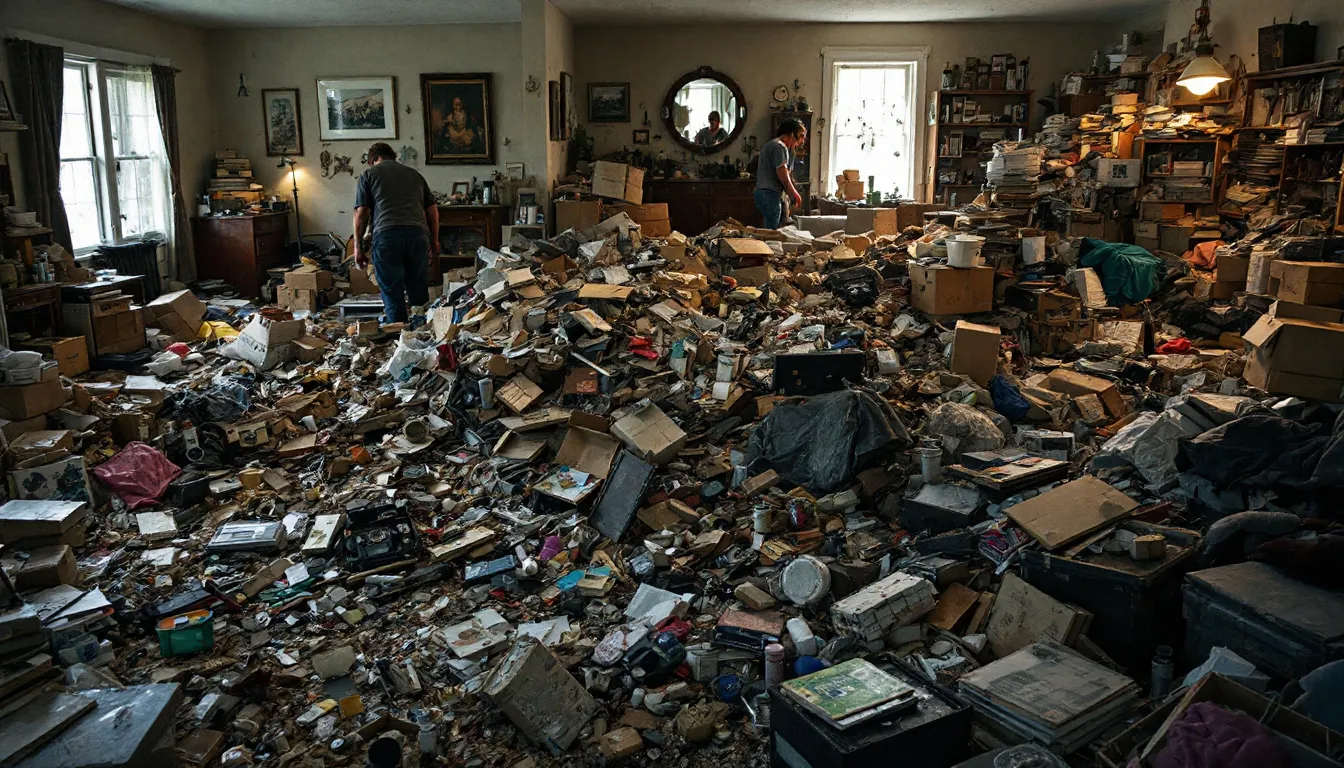
Hoarding is not a one-size-fits-all issue; it varies in severity, which is categorized into five levels. Level One hoarding is characterized by:
A bit of clutter
Accessible doors and windows
No strong odor
Well-cared-for pets
Sufficient standard cleanup
This level might not seem alarming, but it’s often the starting point for more severe stages of threat and danger.
As hoarding progresses to higher levels, the clutter becomes more pronounced, and living conditions deteriorate. Level Two hoarding involves noticeable clutter and limited access to some rooms, posing potential health risks due to unsanitary conditions. At Level Three, the clutter becomes significant, making it difficult to access essential areas and increasing the risk of pest infestations.
Level Four hoarding is marked by severe clutter, unsafe living conditions, and increased fire hazards due to blocked exits. Finally, Level Five represents the most extreme form, featuring extreme clutter, health and safety emergencies, and the risk of eviction.
Recognizing these levels aids in assessing the severity of hoarding situations and planning suitable intervention.
Mental Health Implications
Hoarding behavior is recognized in mental health contexts and often leads to significant distress and impairment in daily functioning. The American Psychiatric Association recognizes hoarding as a mental disability, and it is often related to other mental health issues such as obsessive compulsive disorder, depression, and disabilities.
Hoarding behavior can escalate over time, usually starting in adolescence and becoming more pronounced as the person ages. Psychological factors contributing to hoarding behavior include trauma, loss of a loved one, and life-altering events. These factors can complicate decision-making, making it difficult for hoarders to manage their belongings.
The cleanup process can be traumatic for a hoarder and carry a significant emotional toll. Concerns about memory and control often relate to events of loss coinciding with the onset of hoarding symptoms. Lower perceived social support increases vulnerability to stress related to loss for those with hoarding tendencies. The timing of traumatic events often influences the severity of hoarding symptoms and emotional attachment.
Impact on Family Members
Hoarding not only affects the individual but also takes a significant emotional toll on family members. Family members often feel undervalued, believing that the hoarder prioritizes possessions over relationships. Trust and respect within the family can deteriorate as communication often leads to arguments and unresolved tensions.
Isolation is common, as hoarders may withdraw from social interactions, increasing feelings of shame for everyone involved. Children raised in hoarding environments may experience a lack of personal space and boundaries, leading to long-term emotional issues. The chaotic home life can contribute to children’s challenges in forming healthy relationships and may result in feelings of shame.
Practical challenges include the inability to use common household spaces effectively, leading to potential health and safety hazards. Blocked exits due to poor housekeeping can hinder emergency services’ response. Families can access resources such as counselors and support groups to better understand and assist their loved ones dealing with hoarding.
Health and Safety Risks
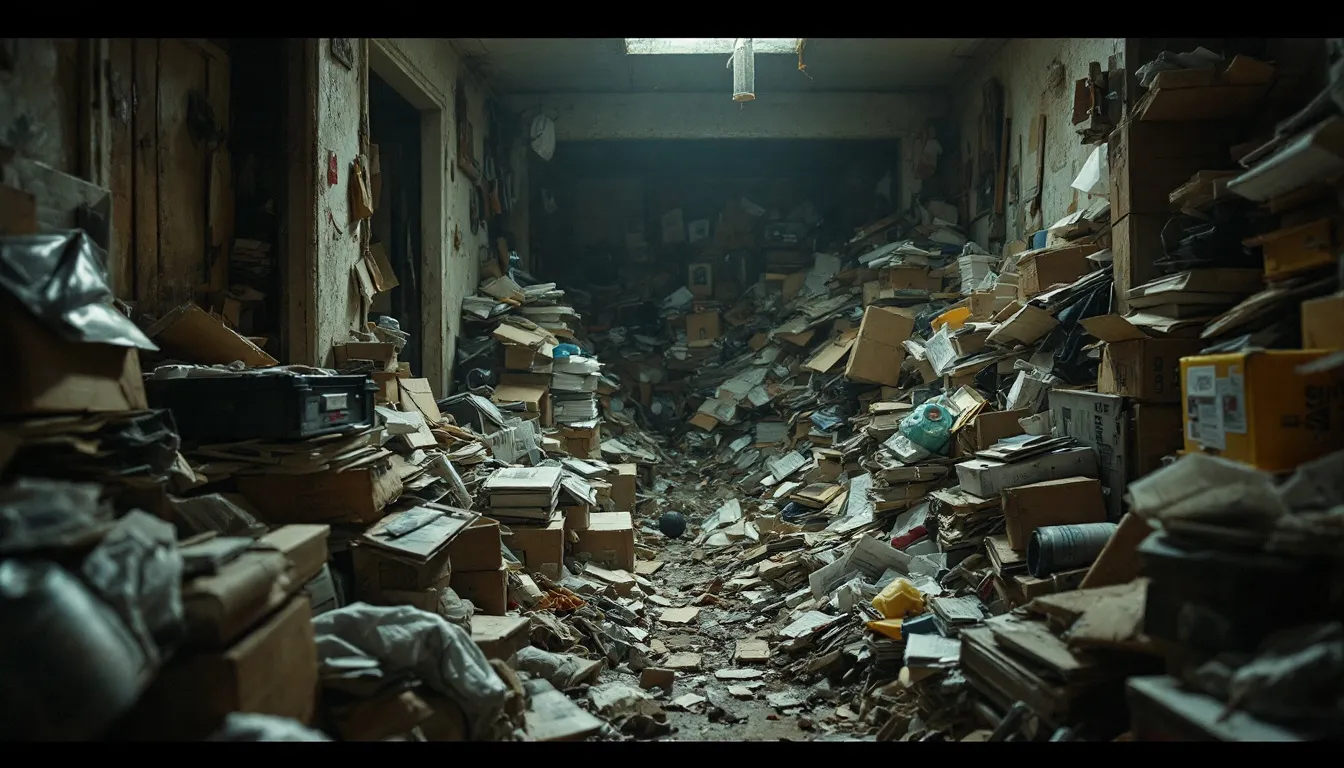
The health and safety risks associated with hoarding are significant and include:
Respiratory problems due to mold and unsanitary conditions
Exposure to high levels of ammonia from waste, which can surpass safety limits
Serious health risks, particularly to those with respiratory issues
The presence of flammable items in hoarded spaces significantly increases the risk of fire hazards. In Level Four hoarding, there is severe clutter, unsafe living conditions, and risk of fire hazards due to blocked exits. The fire department can also face challenges when addressing hoarding situations, as it can create structural risks by exceeding the load-bearing capacity of floors and ceilings.
Poor housekeeping involves disorganized but usable living spaces, while hoarding leads to uninhabitable conditions due to excessive accumulation. Unaddressed spills and leaks pose safety risks such as slipping hazards. Pest infestations are a common health and safety risk associated with hoarding.
Using protective gear such as gloves, masks, and goggles can minimize health risks when cleaning a hoarder’s home.
Legal and Compliance Issues
Legal and compliance issues can complicate hoarding situations. The Tenant Protection Act mandates just-cause evictions for tenants who have resided in their units for a year, limiting permissible reasons for eviction. It is unlawful for landlords to retaliate against residents for exercising their rights, such as requesting repairs or reporting illegal rent increases.
In California, the Tenant Protection Act limits residential rent increases to a maximum of 10% or 5% plus the local cost of living change, whichever is lower, within a year. Tenants can be evicted for specific reasons, including nonpayment of rent, criminal activity, or if the landlord needs to occupy the unit, but must follow legal procedures.
Financial insecurity may arise from hoarding behaviors, including overspending on unnecessary items and incurring fines related to property violations and threats. To address these issues, it is essential to focus on developing healthier financial habits to alleviate fear.
Seeking Help and Support
Seeking help is vital for managing poor housekeeping and hoarding to ensure safety and mental health support. Hoarding often requires more than just cleaning; therapy and counseling are essential for effective recovery. Tenants facing eviction or legal issues regarding their rental agreements should seek assistance from legal aid organizations.
A comprehensive cleaning approach should involve professionals who specialize in hoarding situations. This ensures that the cleaning process is thorough and addresses the underlying issues. Social services can also provide support, helping individuals manage their living conditions and access necessary resources.
Practical Steps for Improvement
Taking practical steps to improve living conditions is essential. Utilize the four-box method for sorting items: keep, donate, recycle, and trash, which enhances decluttering efficiency. Create designated sorting zones to streamline the organization process during decluttering efforts.
Engage in systematic cleaning by:
Beginning with less emotionally charged areas to gain momentum for tackling more challenging spaces.
Implementing regular cleaning routines, including daily tasks like making beds and washing dishes, to foster long-term organizational habits.
Involving individuals affected by hoarding in decision-making to support their emotional control and reduce anxiety during the cleanup.
For items needing disposal, utilize local services for large item pickup or rent a dumpster to manage significant amounts effectively for the job.
Summary
Managing poor housekeeping or hoarding is not just about cleanliness; it is about ensuring health, safety, and emotional well-being. Understanding the difference between poor housekeeping and hoarding, recognizing the signs, and taking practical steps to address these issues can significantly improve living conditions.
Seeking help from mental health professionals, legal aid, and social services is crucial in managing these situations effectively. By taking proactive steps and involving affected individuals in the decision-making process, we can create safer, healthier, and more organized living spaces.
Frequently Asked Questions
What is the difference between poor housekeeping and hoarding?
The key difference is that poor housekeeping is characterized by a lack of cleanliness and organization, while hoarding involves excessive accumulation of items and an inability to let go of them.
What are the signs of poor housekeeping?
Signs of poor housekeeping include a disorganized home, visible dust and dirt on surfaces, overflowing trash bins, and inadequate cleaning supplies. Addressing these issues can significantly improve your living environment.
How can I recognize hoarding behavior?
You can recognize hoarding behavior by observing excessive accumulation of items, a strong emotional attachment to possessions, and a persistent inability to discard items. This pattern often leads to cluttered living spaces and can impact daily functioning.
What are the health and safety risks associated with hoarding?
Hoarding poses significant health and safety risks, including respiratory issues from mold, heightened fire hazards, structural damage, pest infestations, and overall unsafe living conditions. Addressing these concerns promptly is essential for ensuring a safe environment.
Where can I seek help for hoarding?
You can seek help for hoarding from mental health professionals, legal aid organizations, and social services, as well as specialized cleaning services that focus on hoarding situations. Connecting with these resources can provide the support you need.
Latest news
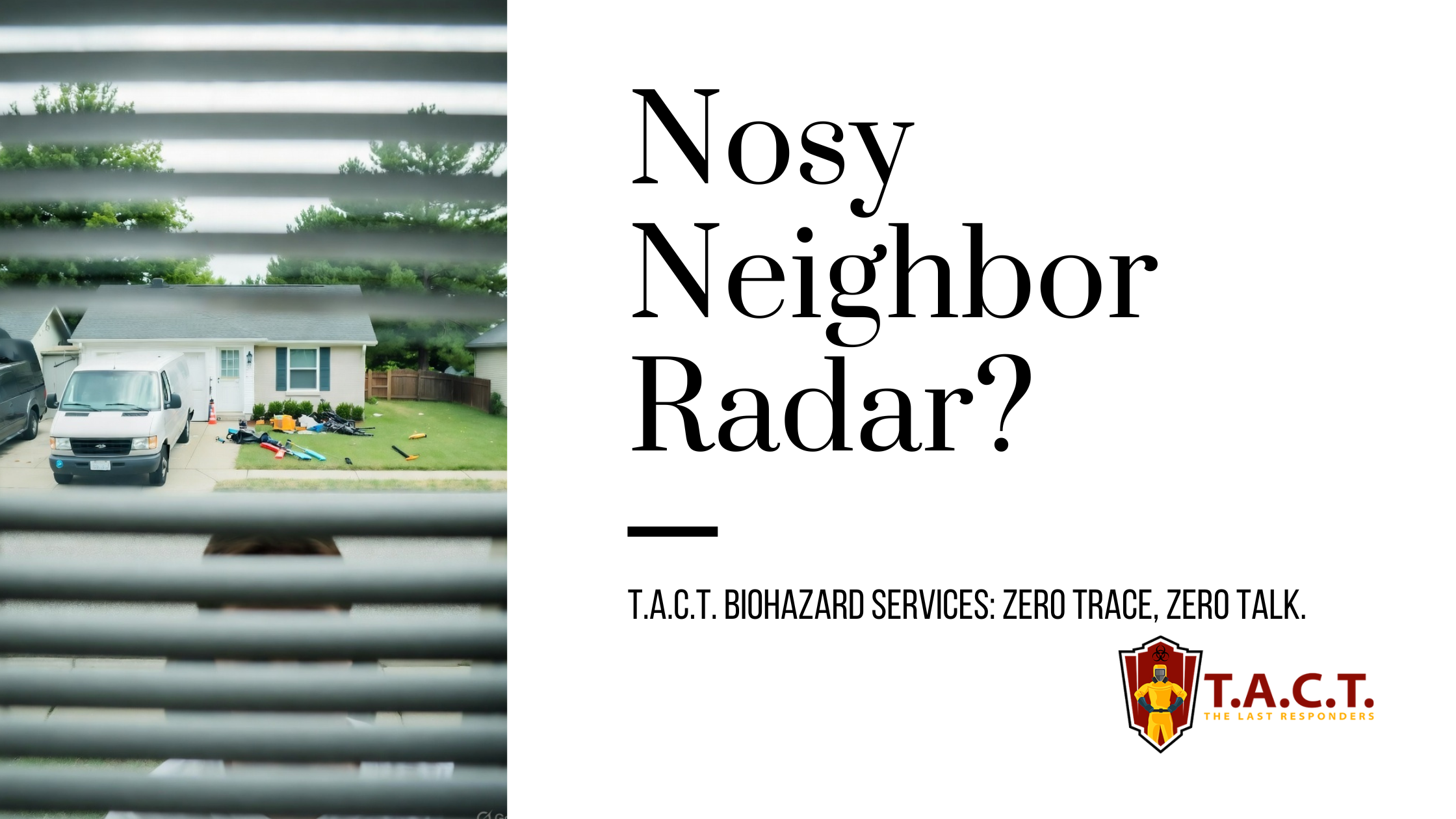
Nosy neighbors peeking? T.A.C.T. North Atlanta offers discreet biohazard remediation for rodent infestations, mold, hoarding, and more. Unmarked vehicles, quiet experts, full privacy—24/7 service at 470-781-4775.
Read More
